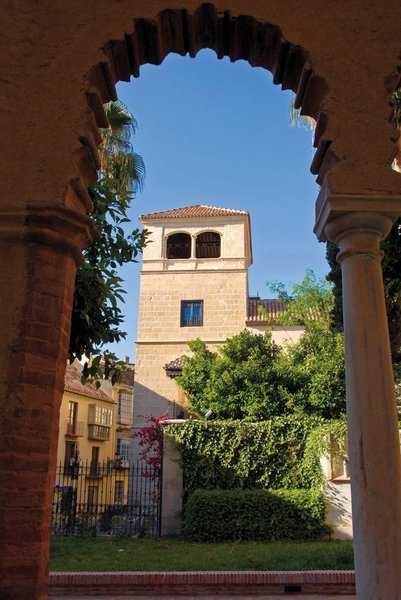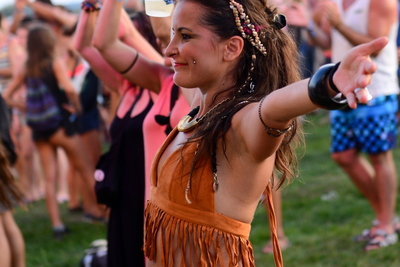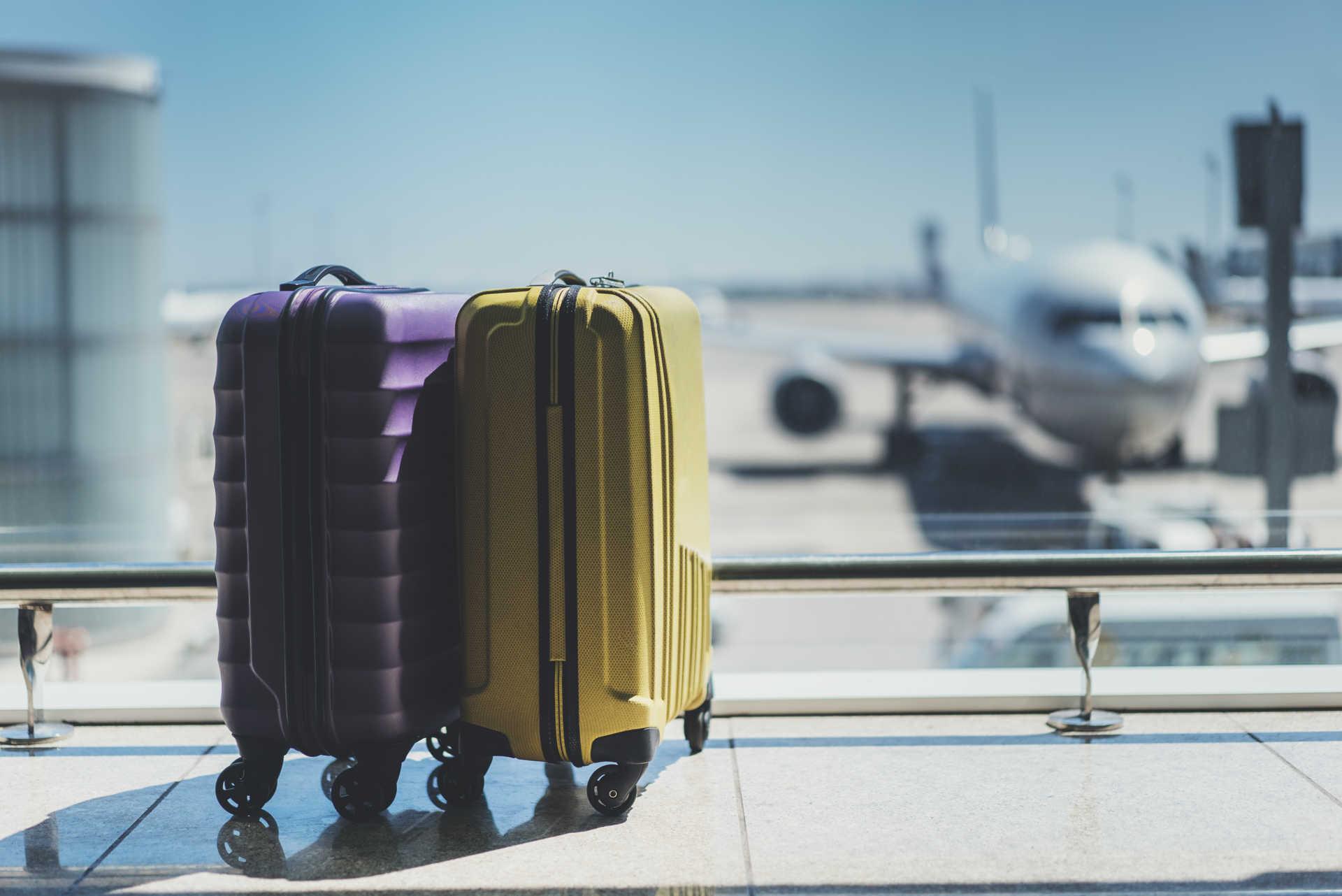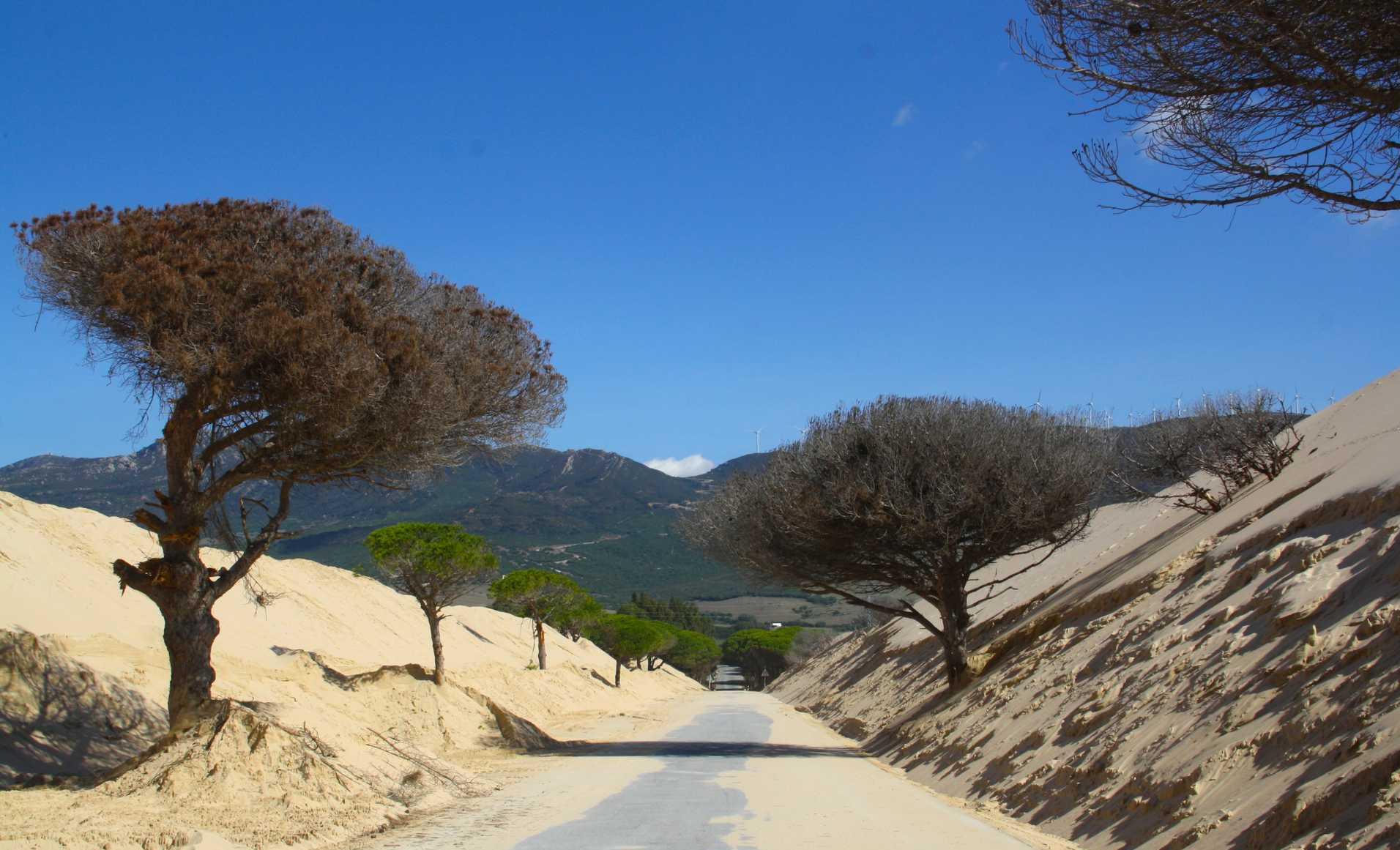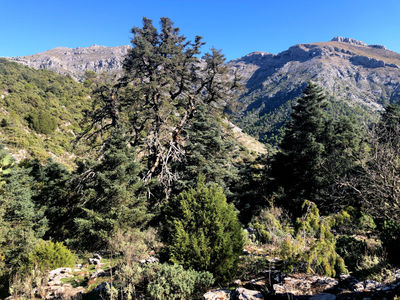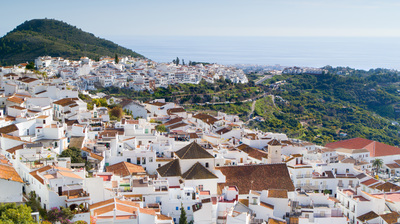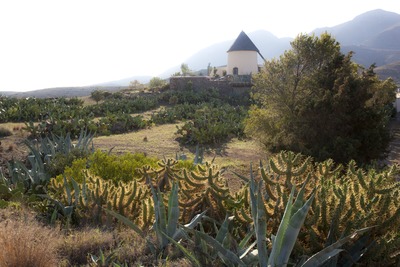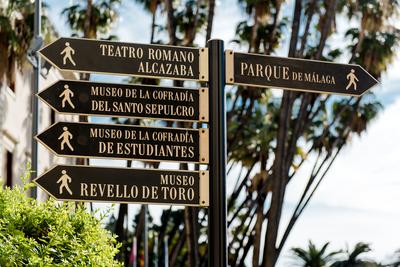Málaga: memories, images and sensations of Picasso
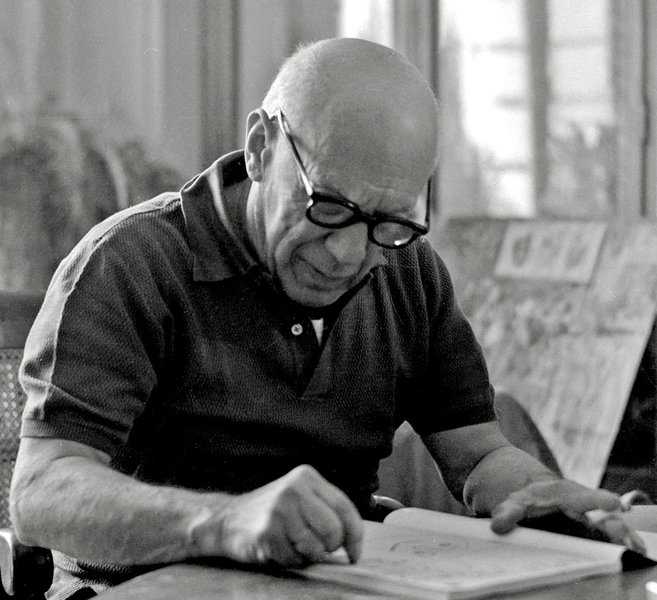
Brilliant difficult and multi-faceted personality who promoted the Cubist movement and had a certain involvement with Surrealism, he was the most influential artist of the 20th century.
Picasso, the gaze of Málaga
The Pablo Ruiz Picasso, from Málaga, was short and had a deep, almost magnetic gaze. Each morning when he awoke in his home in the Plaza de Riego, now called Plaza de la Merced, the doves pecked at the monument to General Torrijos. Pablo Ruiz Picasso spent his childhood in the Jewish Quarter of Málaga and the old bazaar. His first steps as a painter were taken alongside his father, near where today stands his Museum, on the Calle San Agustín.
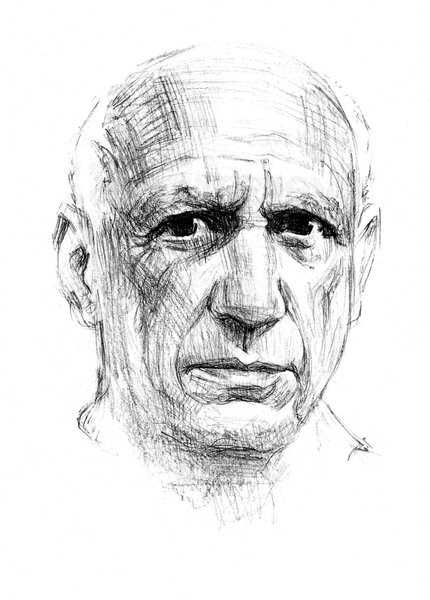
Years later, once he had settled in France, he was to become one of the most representative figures of universal art and the most influential artist of the 20th century. His enormous legacy covers countless fields, including painter, engraver, sketcher, sculptor and potter. He was a brilliant personality, difficult and multi-faceted, he promoted the Cubist movement (The Young Ladies of Avignon, 1907), had a certain involvement with Surrealism and one of his most famous paintings the Guernica, became an anti-war statement which became the universal symbol of peace and an icon of the 20th century.
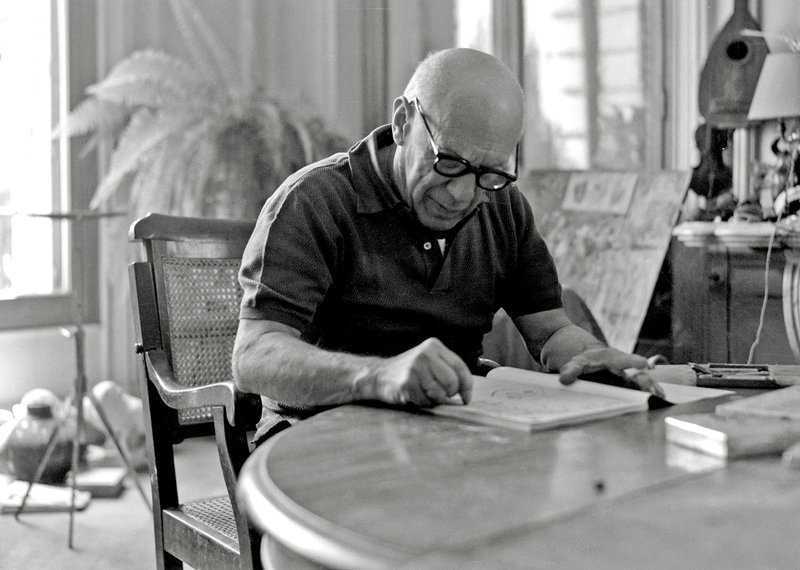
Freedom
He was born in the Plaza de Riego (De la Merced) and the house today hosts the Picasso Foundation, with memories of the painter's life and a large exhibition hall where his genius is relived. The doves still fly around this square, at the foot of the monument to General Torrijos, and which was where he first played as a child. He was baptised in the Church of Santiago, in the Mudéjar style, and the passageway leads down to the Jewish Quarter, the route taken most days by the young Pablo accompanying his father to the Museum of Fine Arts.
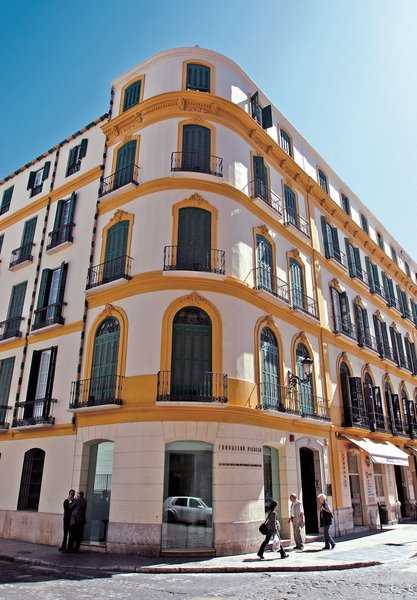
On some occasions he went down to the entrance to the Customs House. to see the Port of Málaga, with its hustle and bustle of sailing ships loaded with cereals and wines from Málaga; at his back was the immense ochre mass of the Moorish Alcazaba, an image, which would accompany him in his memories of Málaga, once he had settled in French territory.
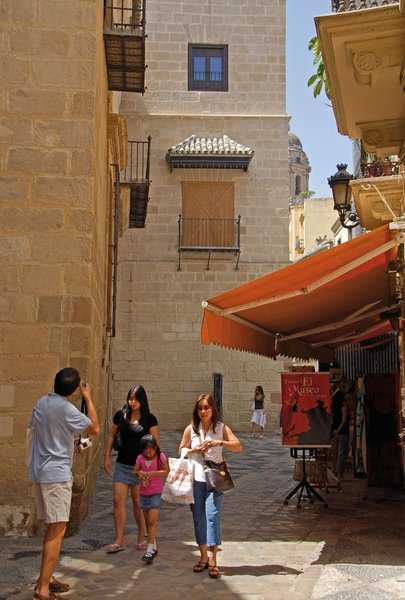
Bulls and Flamenco
From the plaza de la Merced, passing alongside the impressive fortress, the young Picasso accompanied his father to La Malagueta to watch the bullfighting. Years later he would recall how the figures of famous bullfighters like Mazzantini, Lagartijo, El Gallo and Guerrita were engraved in his memory like blood and fire. The huge attraction and passion he always felt for bullfights dates back to this time, and their presence features in a number of his paintings. Picasso also discovered Flamenco, an art form that branded him for life with the guitar as a symbol in many of his paintings. His memories of the Café de Chinitas and especially his visits to the Museum of Fine Arts, just a few steps from the Buenavista Palace, currently the Málaga Picasso Museum date back to this time.
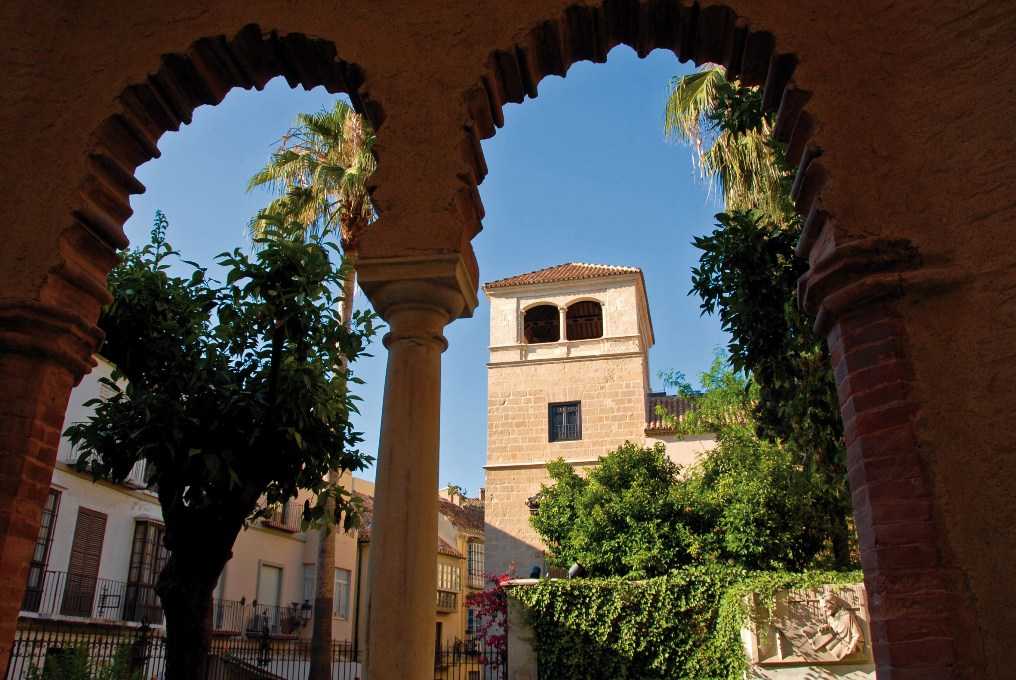
Doves of peace
The young Pablo accompanied his father as far as the Plaza de la Constitución to visit the San Telmo School of Fine Arts, which now houses the Málaga Atheneum. He watched his father making copies, painting doves, lilies, birds and flowers and giving painting classes.

In this environment the young Picasso was able to discover the paintings of those who gave life to the Golden Age of painting in Malaga, artists like Ferrándiz, Moreno Carbonero, Martínez de la Vega, Emilio Ocón and Muñoz Degrain and experience the intense intellectual life surrounding the Sociedad Económica Amigos del País. The doves always accompanied Picasso from the time he saw them flying around in the Plaza de la Merced during his childhood in Málaga and, above all, in the memory of those painted by his father whose friends eventually nicknamed him "El Palomero” (the Dove Man).
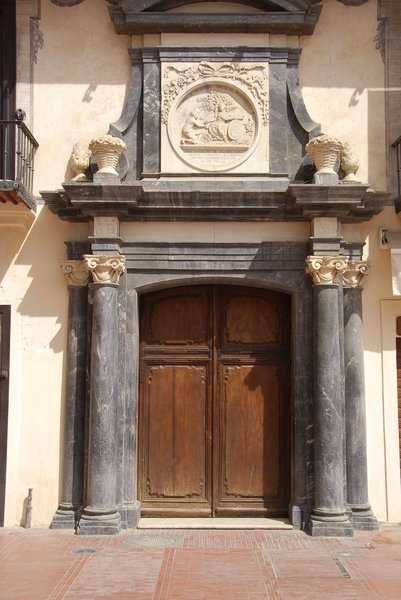
The Colegio de San Rafael, on the Calle Comedias, 18, is the school where Picasso studied as a child. This was the starting point from which Pablo regularly went to two places, first along the narrow street of Tejón y Rodríguez where the Blasco-Alarcón family lived at number 6 (now a modern building), they were Picasso's Godparents and many fiestas were held there, and the second was in the Plaza de San Francisco, the home of the Real Conservatorio de Música María Cristina, which used to be the Scientific Lyceum and had pride of place in the intellectual life of Málaga and was where Picasso used to go with his father to see the exhibitions.
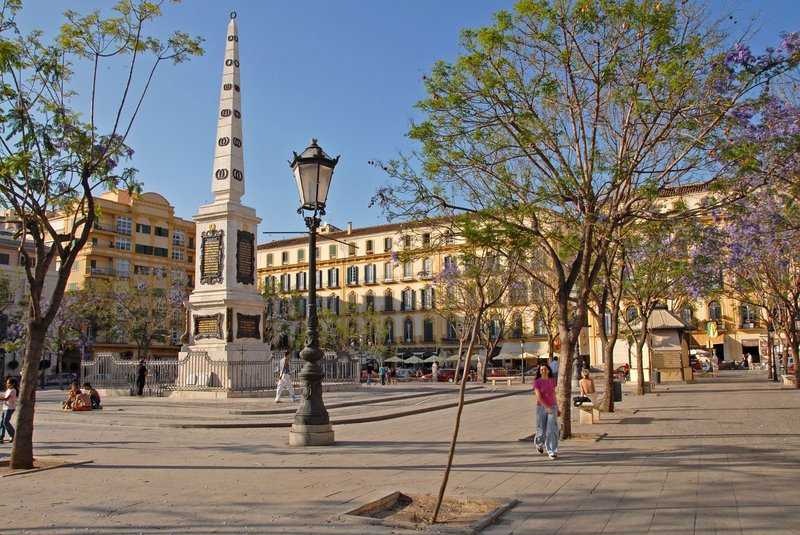
Walk 1. Plaza de la Merced - Birthplace of Picasso - Church of Santiago - Picasso Museum - Jewish Quarter - Church of San Agustín.
Walk 2. Plaza de la Merced - Calle Alcazabilla - Roman Theatre - Picasso Museum - Alcazaba - University Rectory - Paseo del Parque.
Walk 3. Plaza de la Merced - Calle Granada - Calle Nueva - Plaza de la Constitución - Calle Marqués de Larios - Callejón de Santa María - Plaza del Obispo - Cathedral.

